Butterflies are not only beautiful creatures but also essential pollinators that contribute to the health of ecosystems. Designing a butterfly garden not only enhances the visual appeal of your outdoor space but also provides a welcoming habitat for these delicate insects. Here are some expert tips to help you create a butterfly garden that will attract and sustain these graceful visitors.
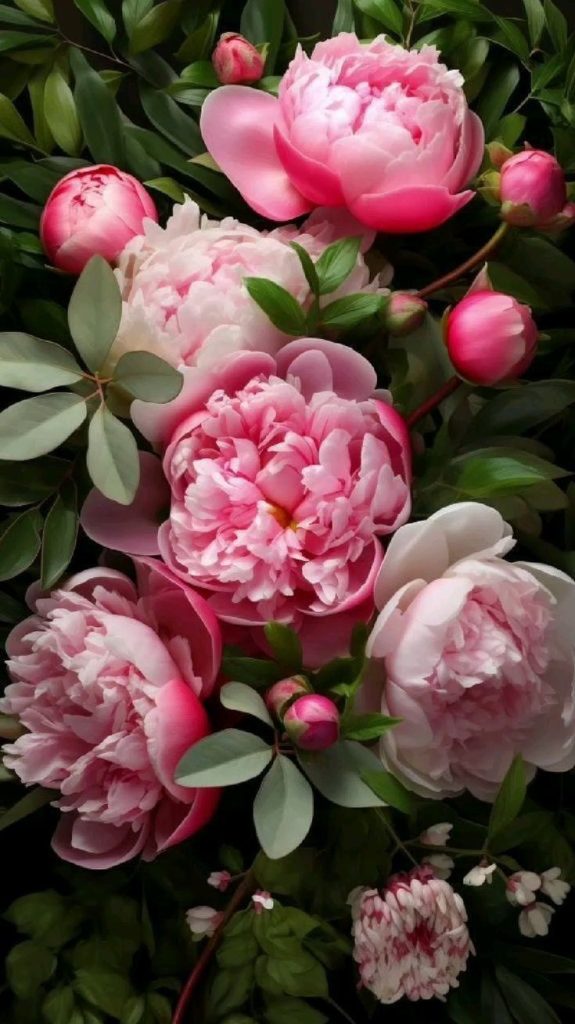
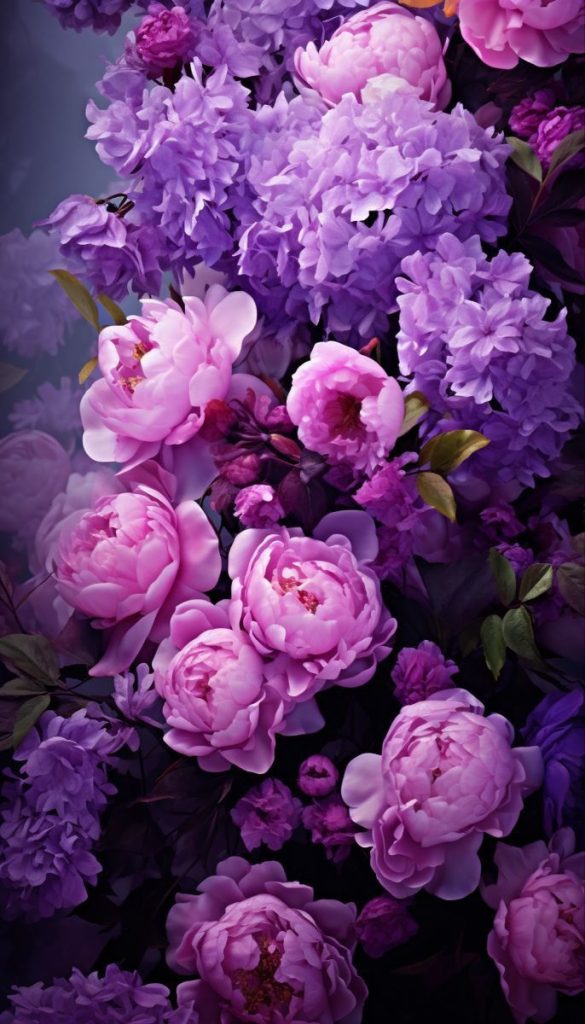
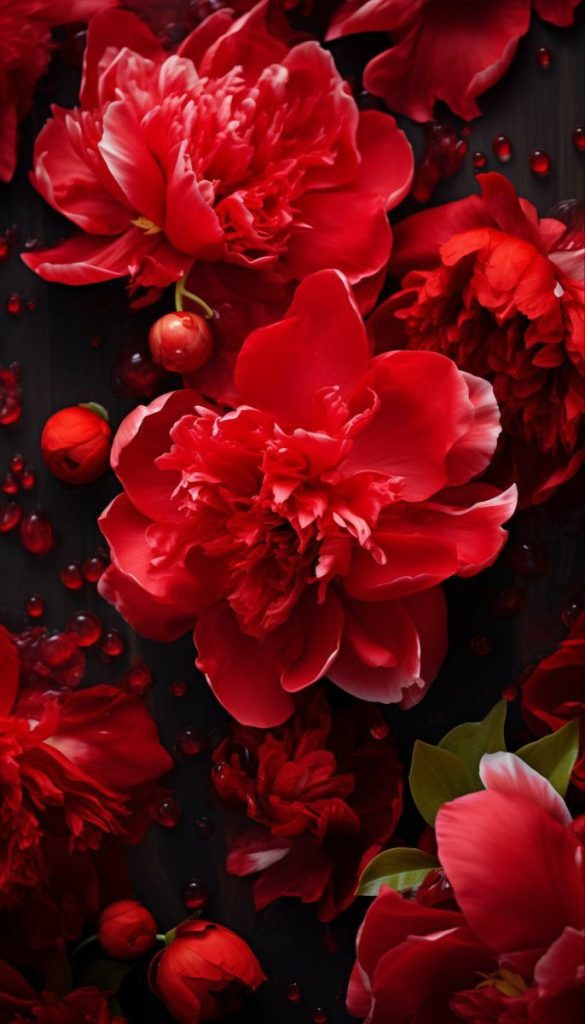

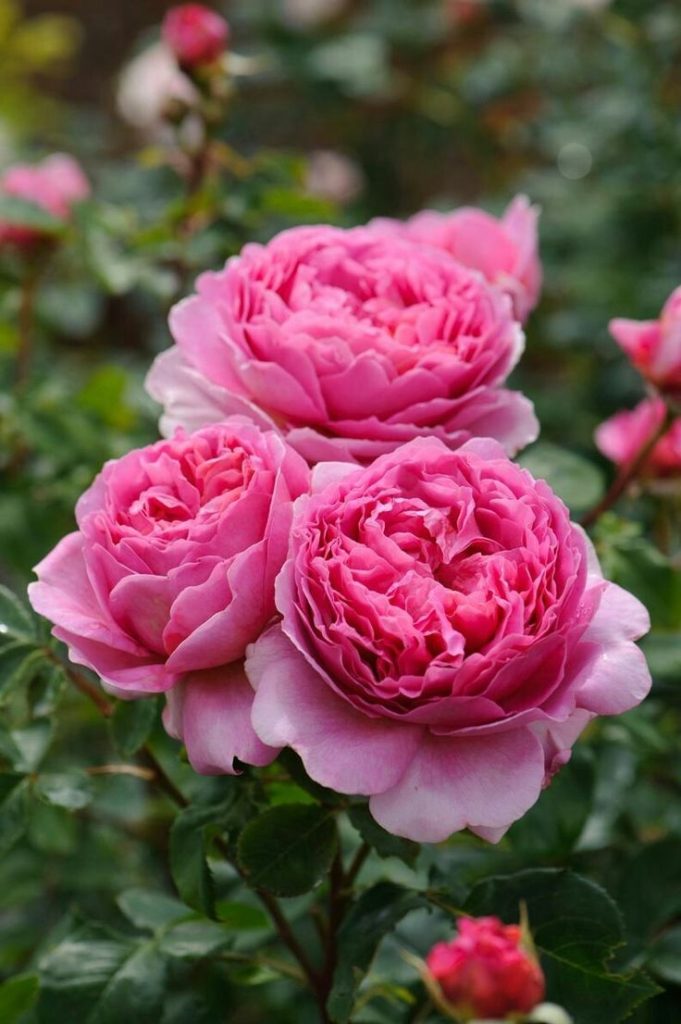
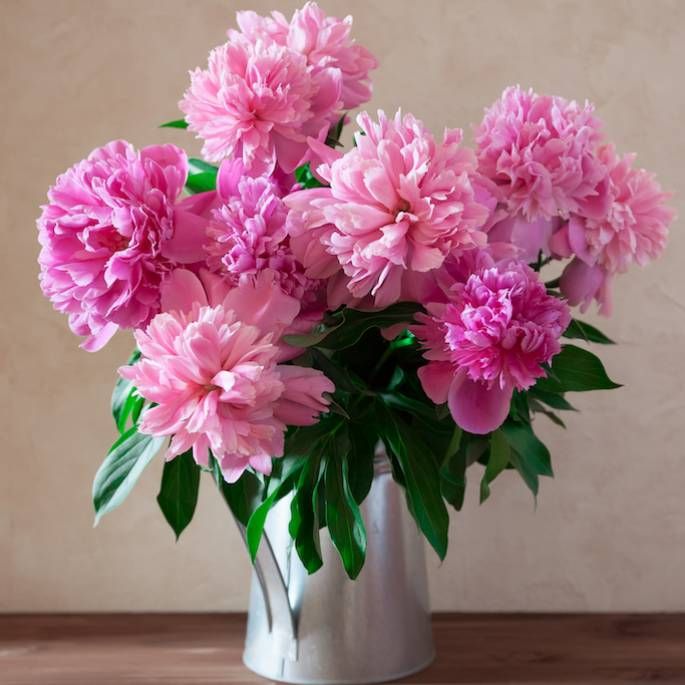

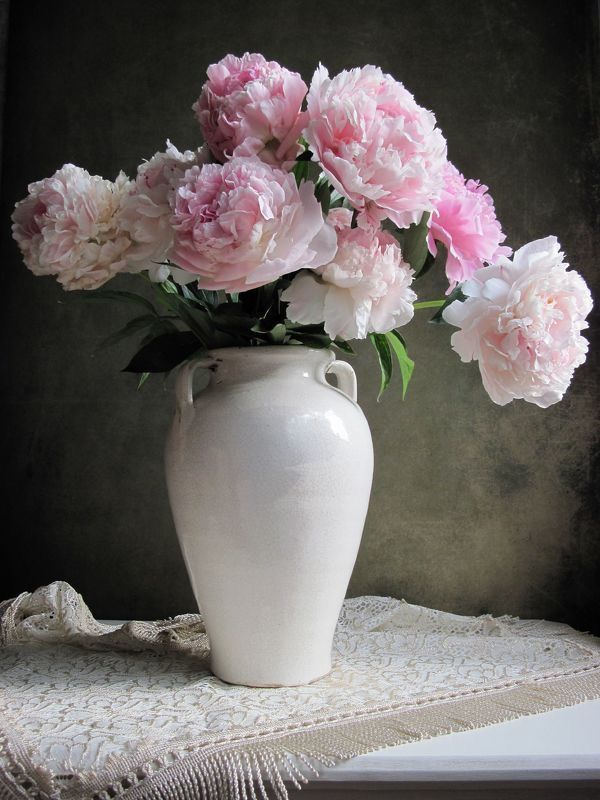
Understanding Butterfly Preferences
Before diving into garden design, it’s crucial to understand the preferences of butterflies. Different species are attracted to specific types of flowers, foliage, and environmental conditions. Research native butterfly species in your area to determine which plants and habitats will best suit their needs. Selecting a variety of nectar-rich flowers and host plants ensures that your garden can support a diverse butterfly population throughout their life cycles.
Choosing Butterfly-Friendly Plants
Selecting the right plants is key to attracting butterflies to your garden. Opt for a diverse range of flowering plants that bloom at different times of the year to provide a continuous nectar source. Native plants are particularly beneficial as they have evolved alongside local butterfly species and are well-suited to the climate and soil conditions. Some popular butterfly-friendly plants include butterfly bush, milkweed, coneflower, verbena, and lantana. Incorporating larval host plants is also essential, as they provide food and habitat for butterfly caterpillars.
Creating Habitat Diversity
In addition to plants, providing diverse habitats is essential for attracting butterflies. Include features such as rocks, logs, and shallow puddles to offer resting spots, basking areas, and sources of moisture. A mix of sunny and shaded areas will accommodate different butterfly species’ preferences for sun exposure. Incorporating tall grasses and shrubs along with flowering plants adds vertical structure and creates sheltered microclimates within the garden.
Avoiding Pesticides
To create a butterfly-friendly environment, it’s essential to avoid using pesticides in your garden. Pesticides can be harmful to butterflies at all stages of their life cycle, from caterpillars to adults. Instead, practice natural pest control methods such as hand-picking pests, encouraging beneficial insects, and promoting biodiversity to maintain a healthy balance in the garden ecosystem.
Providing Water Sources
Butterflies require water not only for drinking but also for maintaining proper hydration and regulating body temperature. Provide shallow dishes filled with water, damp sand, or mud in sunny areas to serve as butterfly watering stations. Adding rocks or pebbles to the water source provides landing spots and prevents drowning. Alternatively, installing a butterfly puddling area with moist soil or sand can attract butterflies seeking moisture and minerals.
Conclusion
Designing a butterfly garden is a rewarding endeavor that not only beautifies your outdoor space but also supports vital pollinators. By understanding butterfly preferences, choosing appropriate plants, creating habitat diversity, avoiding pesticides, and providing water sources, you can create a haven for butterflies to thrive and enchant visitors with their graceful presence.
FAQs (Frequently Asked Questions)
- How can I attract specific butterfly species to my garden?
- Research the preferred host plants and nectar sources of the butterfly species you wish to attract, and incorporate these plants into your garden design.
- Do I need a large yard to create a butterfly garden?
- No, even small spaces such as balconies or container gardens can be transformed into butterfly-friendly habitats by selecting suitable plants and providing essential resources.
- How can I identify butterfly-friendly plants for my region?
- Consult local gardening resources, botanical gardens, or native plant societies for recommendations on native plants that attract butterflies in your area.
- Can I incorporate butterfly feeders into my garden design?
- Yes, butterfly feeders filled with sugar water or fruit can supplement natural nectar sources and attract butterflies to your garden. However, ensure that feeders are kept clean and free of contamination.
- What maintenance tasks are required for maintaining a butterfly garden?
- Regular tasks such as watering, weeding, deadheading flowers, and removing spent foliage are essential for maintaining a healthy butterfly garden. Additionally, monitoring for pests and diseases and providing ongoing care for plants will help support butterfly populations in your garden.